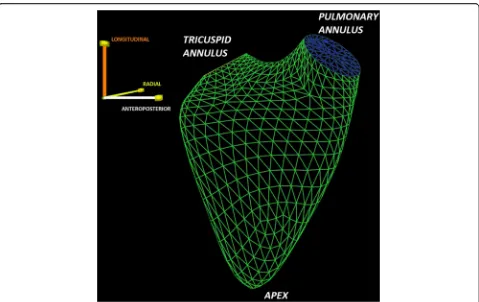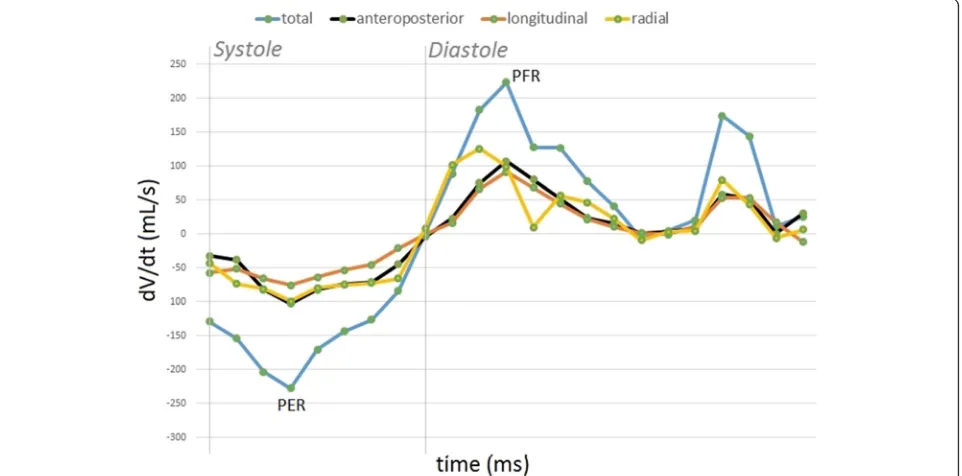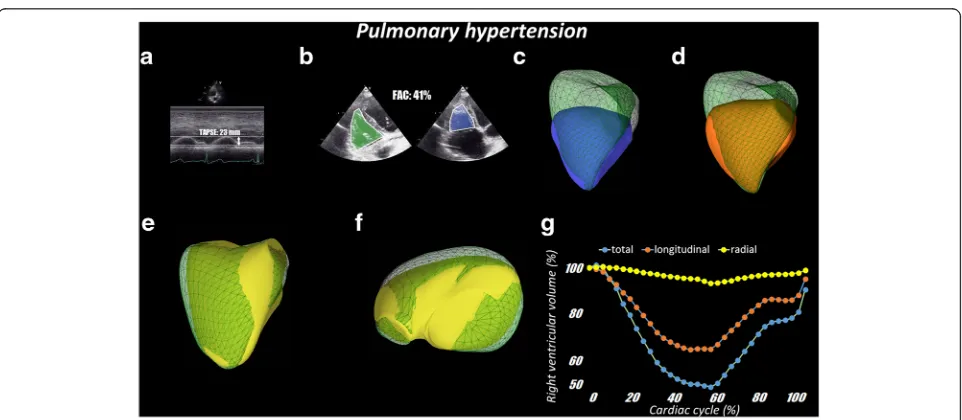Quantification of the relative contribution of the different right ventricular wall motion components to right ventricular ejection fraction: the ReVISION method
Full text
Figure




Related documents
* Corresponding author. E-mail address: paola.zappa1@unimib.it.. Controversial too are the empirical findings on the effectiveness of social learning, once contextual variables and
A significant decline in the concentrations of renal reduced glutathione in comparison with the control group (C) were observed in the trained and untrained rats intoxicated with
The optimized MWPA was concentrated and extracted using ethyl acetate and was further determined for its antimicrobial properties against Gram positive and Gram negative bacterial
[r]
This thesis explores the factors that influence the attitudes and beliefs of farmers around crime prevention measures on farms, levels of victimisation and
10. Status of the Loan taken by customers 12.. In retail banking system customers collect token from the token booth. Then they wait for call at the waiting lounge. The 5 counters
five causal explanations from their own readings (e,g " textbooks used in their other courses, magazines , movies) , diagram the reasoning (labeling each arrow in
Hence this case represents a condition with an unerupted first and second mandibular molar, one due to complex composite odontome formation and another due to the obstruction of
